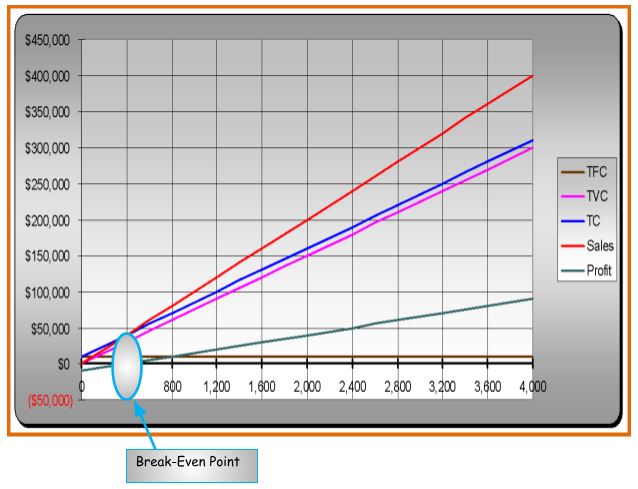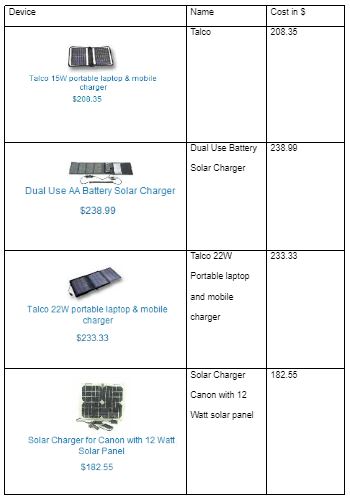Introduction
In everyday life, people are faced with various frugal challenges and issues that demand technological solutions. To that end, our team at the university was assigned to design and develop a device to provide a technological solution to any of life’s challenging problems. The options included designing a device for cooling laptops as they experienced heat surges during their usage.
Another idea evaluated by the team involved designing a device to provide a constant supply of electricity to any electric device by focusing on wireless network technology. Specifically, the laptop was the area of interest as it is a portable device that places demands on the user to charge its battery once it runs dry. The idea could tap on signals through the network and convert them into electricity. However, the idea received little enthusiasm from the group as it was identified to be technically infeasible, and placed limitations on being exploited to its full potential. It also was an idea in the corridors of undeveloped technology. Therefore, it came with serious technological challenges and limitations. Perhaps the cost of accessing the network and network coverage were also limiting issues.
However, based on a thorough evaluation of a number of other options not listed here and the idea of a solar powered charger, the group settled on the design and development of a solar powered charger (SPCP). The idea could be beneficial to battery powered devices that are small in size and do not place huge electricity demands for their functionality.
Problem Statement
Today, the world today is awash with products that lay demand on the use of electricity in all their functionality. Devices used to produce electricity to satisfy consumer demands vary from diesel powered engines to solar powered devices. mechanical devices, particularly diesel powered generators lay undesirable demands on the environment in terms of their disposal once they reach the end of their lifespan, emissions to the environment particularly greenhouse gas effects, and their size that makes Therefore, a lot of demands have been placed on the environment in terms of pollutants generated from mechanical devices in generating electricity. Mechanical disposing wastes and the devices for generating electricity are not portable hence cannot be carried around with ease. Consider a person travelling from one point to another of the globe; it could be impracticable and inconvenient to carry a diesel powered generator for the purpose of charging a phone or an MP3 player. The problem of a battery’s power running dry due to continued usage adds to the pain experienced by the user.
Description of Best Idea
A thorough evaluation of the idea in the context of the scope of its application, a cost benefit analysis, its impact on the environment, an evaluation of the feasibility of the project idea that was both economic and technical, and other compelling variables were driving factors into adopting the idea of a solar powered charger. Typically, the device largely draws from the suns’ energy which is converted to feed electronic devices with the electric energy they need for their functional life. Devices such as mobile phones, MP3 players and a host of others could benefit from the solar powered charger. Ideally, the solar powered charger is a portable device that is characterized by a light weight hence can be conveniently carried around. In addition to that, the charger is made of solar panels and plastic material, making it cheaper in terms of cost and construction. The device is energy efficient and is advantaged as discussed above as a clean energy device. In addition to that, the device does not require any additional energy to operate but relies on the presence of energy from any light source, and in particular, light energy from the sun. The solar powered charger’s lifespan is projected to be 10 years, further impacting positively on the environment in terms of waste disposal and recycling based on the time difference between manufacture date and the time the device becomes dysfunctional and reaches the end of its life.
Based on the above analysis, the group decided to settle on the development of a solar powered charger to address the issue of a portable source of electricity for charging eclectic devices with rechargeable batteries. Such devices could include laptops, cameras, and MP3 players among others.
Refinement
The main objective with the solar powered charger will be to provide a long term and reliable solution for charging electric devices particularly portable devices such as MP3 players, laptops, and other smaller devices that demand frequent charging. The device’s aesthetic values are desirable, and it is designed to be portable with high handling flexibility. In addition to that, the device could be portable and be technically feasible and attract a big market share. Technically, the device is constructed with photovoltaic cells that convert the sun’s light into electrical energy when energy is supplied and excites electrons to jump off the surface of the material, creating a potential difference, before they are conducted and tapped for use as an electric current.
Economic analysis
Detailed description of profits
Unit prices will be at 70$, generating an after sale profit of $20 for each device while peripheral devices sale and a profit of $ 8. A cost benefits analysis and return on investment indicates that an initial 412 devices will be sold to pay off the outstanding loan after which loan payment obligations will be eased and accruing benefits from sales will be profits generated solely for the group. Gradually, the investments made on any materials will be generated from revenue realized from accruing profits, as analyzed here below.

Analysis
The product has a plug and play cover that can be removed and inserted at one’s convenience, characterized by universal porting characteristics across different platforms, a potential market based market analysis could stir activity, and physically the product takes the appearance of a mobile phone. Its technical details are illustrated below.
The device weighs a mere 8 ounces and is 6 inches long, 2 inches wide,
Rated Output: 5- 12 Volts, 0 – 1 Amp
Solar panel output: 165mA @ 6 volts
Dimensions: 6 in. x 8 inches
Weight: 8 oz.
Top: Plastic
Base: Hard rubber
Functionality: Swells, comes with a play and plug cover
Production details are minimal as the device is assembled from three components which include the source of power, housing, and the cover sheet.
Decision
Competing devices
The market enjoys other devices that had had earlier entry before the design of the new SPCP device. However, on a detailed analysis of the current market and the status of competitor devices, it was established that the new device had superior performance capabilities, was more reliable given that the group incorporated the concept of total quality management in continuous improvement of key aspects of the device to achieve higher customer satisfaction. Competing devices are illustrated below.

Conclusion
A critical analysis of the breakeven point, the pout at which return on investment will begin to be realized, was determined to be a feasible project to carry on. Other considerations included due consideration and intensive market research in comparing similar products in the market, the reaction of manufacturers of similar devices, and how they have priced their products. That done, competitor perceptions were identified to be dormant as the new product could be low priced to be assumed to be of low quality. However, the reaction from the market could trigger completion and pricing wars.